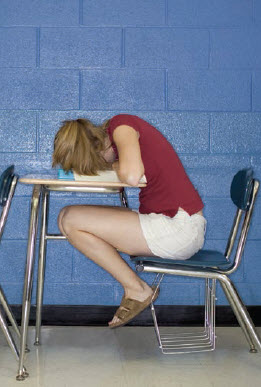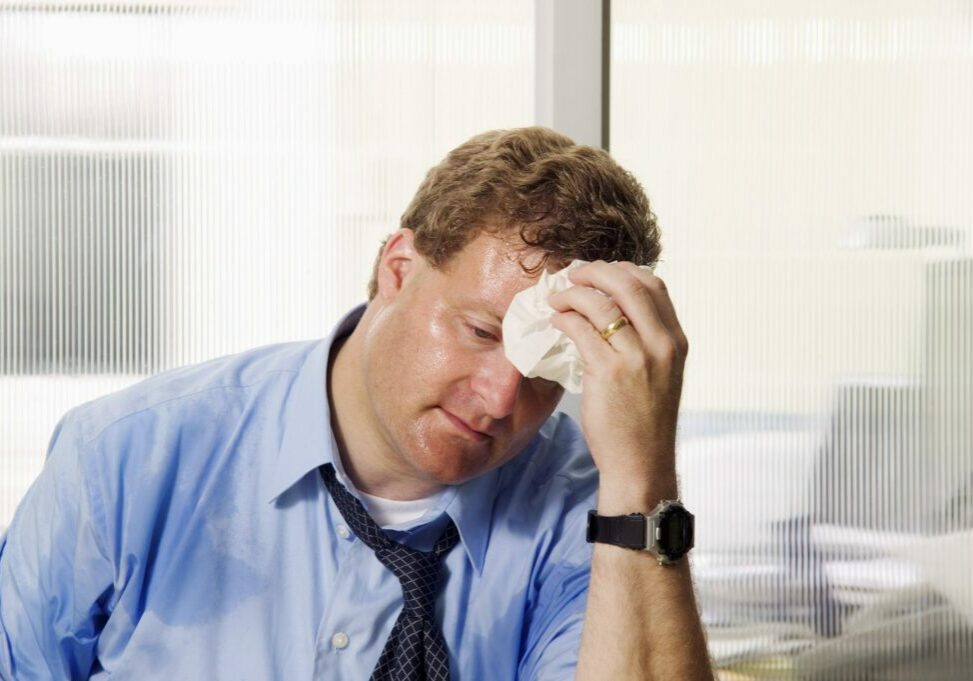After a winter of cold and storms, the summer is expected to be hotter and more humid than normal in New Jersey. As climate becomes more volatile, staff and students will face extreme temperatures in their schools more often, making learning difficult and presenting health hazards.
Many New Jersey school buildings have structural deficits that undermine climate control. These deficits include inadequate, poorly or nonfunctioning heating, ventilation and air conditioning (HVAC) systems, and drafty or energy-inefficient windows.
Ideally building climate control would begin with addressing these. But the Christie administration has been hostile to funding even the most urgent repairs and renovations—nor has the legislature come through. A bill to address school temperature has been re-introduced each year since 2007, but has never progressed beyond committee. The 2014 versions of the bill are A-1411 and S-565.
 You can take immediate action
You can take immediate action
If your work area is very cold or hot, the local association can act right away to alleviate the problem:
- Take temperature measurements at the hottest or coldest times. If a boiler goes out, take the temperature in affected rooms. The proposed legislation says temperatures should be between 68 and 79 F.
- Bring your data to the administration and request appropriate repairs, as well as fans, or portable heaters or air conditioners.
- If temperatures are below 63 or above 89 F, request that occupants be relocated to other areas.
Two-pronged strategy for the long term
For an ongoing campaign for school climate control, it’s essential that local associations identify allies and develop a two-pronged strategy to protect staff and students from temperature extremes: fight for the legislation and negotiate strong contract language.
Who are your allies?
- Staff whose work takes them outdoors–such as custodians, bus drivers, physical education teachers, teachers on playground duty, band teachers and coaches–or inside cold rooms or hot boiler rooms.
- Families of students in athletics, band, and agriculture, or others who are outside.
- Staff and families of students in rooms with inadequate heat, air conditioning or ventilation, windows that are drafty or allow in too much sun, or rooms with heat-generating equipment, such as office equipment, ovens or kilns.
- Staff and families of students who are particularly susceptible to cold or heat due to medical circumstances or physical conditions.
